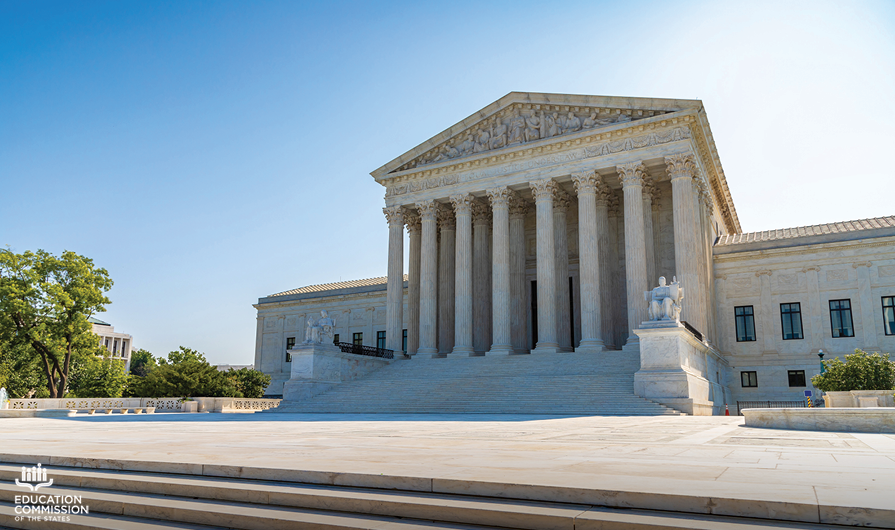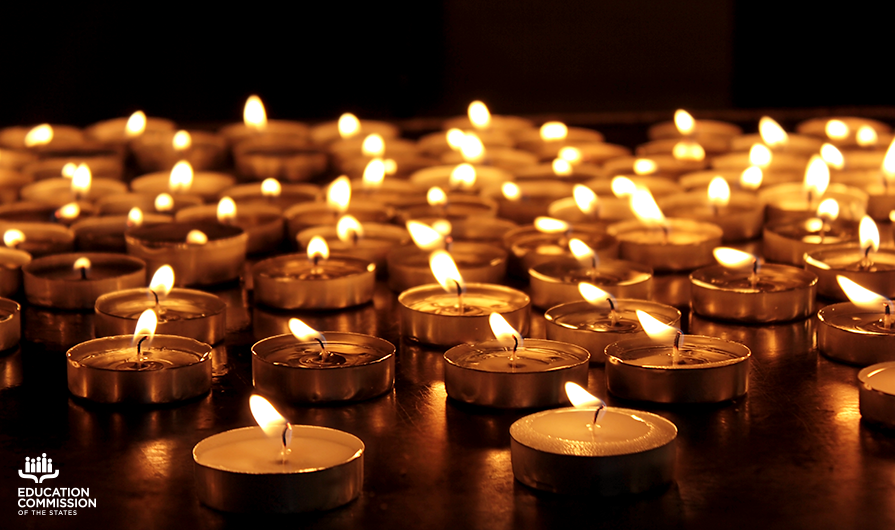An article by Medical News Today defines period poverty as a lack of access to menstrual products, education, hygiene facilities, waste management or a combination of these barriers. A national study by Thinx & PERIOD found that approximately 20% of teenagers who menstruate in the United States were either unable to afford menstrual products or struggled to afford them. Similarly, a research article by BMC Women’s Health found that 14% of college women experienced period poverty within the past year while 10% faced it every month.
Experiencing period poverty can have negative academic and emotional impacts on students. States have sought to address these negative health impacts by enacting legislation requiring local school districts to provide free menstrual products in schools.
The Thinx & PERIOD study also highlights that 25% of teens have missed class time because of a lack of menstrual products while nearly two-thirds of teenagers who menstruate have felt anxious about a lack of access to menstrual products. However, the impact of period poverty is not felt evenly across race/ethnicity or socioeconomic status.
The BMC Women’s Health study found that Latina and Black women were disproportionately impacted by period poverty with 24.5% of Latina women and 19% of Black women reporting experiencing period poverty sometime in the past year compared to 11.7% of white women. This study also noted that Latina women and women who self-identified as Asian or Pacific Islander; American Indian, Native Alaskan, Native Hawaiian; biracial or multiracial were also more likely than white or Black women to experience period poverty every month. Likewise, first generation college students and students who were born outside of the United States were also more likely to experience period poverty.
States have addressed period poverty by passing legislation requiring schools to provide free menstrual products. Since 2017, Education Commission of the States has identified at least 20 enacted bills addressing period poverty. Most of these bills have been enacted since 2021 although at least seven bills were enacted between 2017-20. In 2017, California, Illinois and Maryland enacted bills that require local education agencies (LEAs) to provide free menstrual products to some students.
Maryland required free menstrual products be available to students experiencing homelessness while California required schools with a poverty level over 40% to provide free menstrual products. Illinois’s policy was a universal free menstrual product approach which has become the legislative trend in recent years. From 2018-20, at least three states enacted similar bills requiring LEAs to provide free menstrual products in schools; New York in 2018, New Hampshire in 2019 and Virginia in 2020.
Since 2021, California, Delaware, the District of Columbia, Illinois, Maryland, Nevada, Oregon, Rhode Island and Washington have enacted legislation mandating all LEAs to provide free menstrual products in female restrooms. Most of these bills require free menstrual products for students in grades 6-12. However, some states differ based on students’ grade level or the universal nature of the free menstrual product mandate. Alabama requires schools that participate in a grant program to provide free menstrual products to female students in grades 5-12. Arkansas enacted a law that allows LEAs to use federal stimulus funds to provide free menstrual products to students. The District of Columbia bill also requires bathrooms at postsecondary institutions to include free menstrual products. Hawaii passed a resolution requesting the department of education to provide free menstrual products to students. Illinois mandates free menstrual products for students in grades 4-12.
Since 2021, at least eight additional states, Connecticut, Florida, Massachusetts, Minnesota, Missouri, New Jersey, Pennsylvania and Vermont have introduced legislation related to free menstrual products in schools. These enacted and proposed legislative examples follow trends of states placing a greater emphasis on equity in student health.















